Myopia (Nearsightedness) – Symptoms, Causes, And Treatment + Diet Tips
A few simple ingredients from your kitchen can help you see far into the horizon.
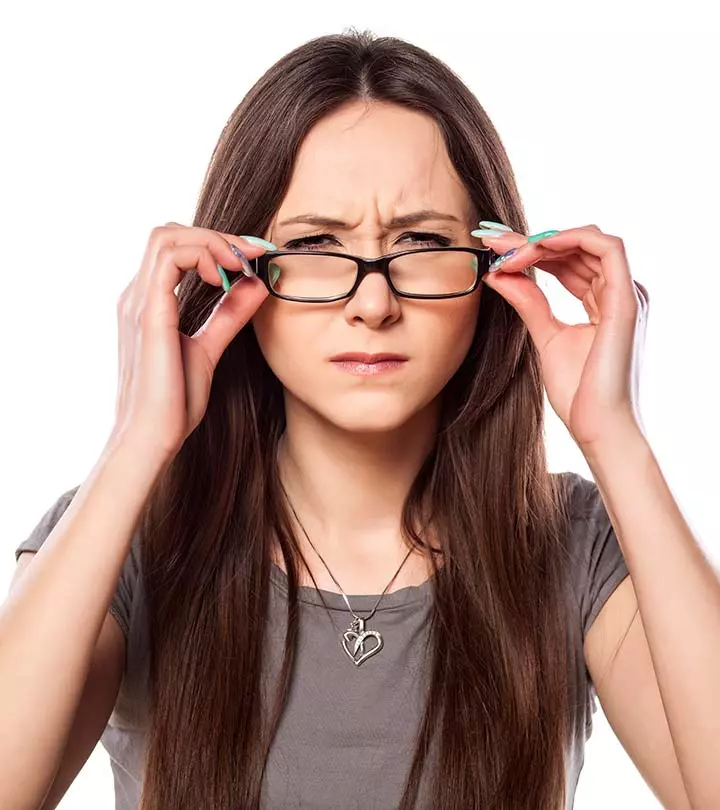
Image: iStock
Staring at your mobile and laptop screens for hours on end can cause more damage to your eyes than you know. Myopia, commonly known as nearsightedness, affects 1.6 billion individuals globally. It is a visual impairment condition where distant objects appear blurry while close objects can be seen clearly. A study indicates that around 5 billion people globally, which is 49.8% of the world’s population will be affected by myopia by the year 2050. As shocking as that sounds, the good news is that there are a few home remedies for myopia you can try to treat the condition effectively. There are other holistic and alternative treatments like homeopathy, Ayurveda, chiropractic and other massages with essential oils, acupuncture, and traditional Chinese medicine like reflexology. You can also opt for certain relaxation exercises like meditation and yoga to help keep you healthy and keep up good blood circulation throughout your body. Next time your little one is engrossed in their mobile phone, take it away without hesitation and limit their screen time. Certain lifestyle changes and keeping a track of your nutrition will keep your eyesight healthy. In this article, we explore the symptoms, causes, foods one can eat, and the natural ingredients that can be used for myopia treatment and prevention. Read on to know more!

In This Article
What Is Myopia?
Myopia is a progressive visual disorder that makes it difficult for people to see distant objects.
This disorder is also referred to as nearsightedness or short-sightedness. It is quite a common condition.
 Trivia
TriviaA range of factors could cause an individual to become myopic. Let’s find out the causes of this condition.
A study conducted on 19,267 US adults reported that the prevalence of myopia was 5.4% in White racial groups, 3.1% in Black racial groups, and 1.8% in Hispanic groups. The highest prevalence of myopia was noted in Asian and Chinese racial groups. Some home remedies can help in treating myopia naturally and improve your quality of life.
Key Takeaways
- Headache, squinting, and eye strain may be a few symptoms of myopia.
- Place rose water dipped pads over the eyes to instantly soothe strained eyes.
- Having a glass of amla juice with honey may help in treating myopia as amla has Vitamin C, which is good for eye health.
- Add carrots, eggs, berries, and nuts to your regular diet to enhance eye health and recover from nearsightedness.
- Practice certain eye exercises and avoid activities that involve straining the eyes to maintain your vision.
What Causes Myopia?
Myopia occurs when your eyeball is too long or your cornea (the protective outer layer of your eye) is too curved.
The light entering your eyes will focus the image in front of the retina (the part of your eyes sensitive to light) instead of directly on the retina. This improper focus causes blurred vision. The medical term used for this abnormality is refractive error.
There are two types of myopia:
- High Myopia: It causes your eyeballs to grow very long and may result in other visual complications like a detached retina, cataract, and glaucomai A group of eye diseases that causes optic nerve damage and loss of vision due to high or even normal eye pressure. .
- Degenerative Myopia: It is also called pathophysiological or malignant myopia. This type is often a result of the genes that you have inherited from your parents. Degenerative myopia usually worsens by the time you enter adulthood. It also increases your chances of having a detached retina, glaucoma, and abnormal blood vessel growth in the eye (choroid neovascularization).
Most of the times, the only evident symptom of myopia is the blurring of distant objects. In some cases, you may also notice the following signs.
Signs And Symptoms Of Myopia
The symptoms (other than blurred distant vision) include:
- Headache
- Squinting
- Eye strain
- Eye fatigue
- Difficulty in reading the blackboard (in case of children)
These symptoms are usually associated with most visual disorders.
People are often confused between nearsightedness and farsightedness. We have summed up the prominent differences between both below to help you differentiate better between the two eye disorders.
Nearsightedness Vs. Farsightedness
A few differences between myopia (nearsightedness) and hyperopia (farsightedness) are:
Nearsightedness Or Myopia
- It is caused due to the elongation of your eyeball.
- It occurs when the light is focused in front of the retina.
- Myopic individuals can see close objects clearly and find it hard to see distant objects.
Farsightedness Or Hyperopia
- It is caused due to shortening of the eyeball.
- It occurs when the light entering your eyes is focused behind the retina instead of directly on it.
- Farsighted individuals can see distant objects but are usually unable to see objects up close.
If you face difficulties in seeing distant objects, it is wise to get your eyes checked by a medical professional. Here are a few diagnostic tests that will help you.
How Is Myopia Diagnosed?
Regular eye check-ups help detect myopia, especially in children and young adults. Myopia often develops gradually, so many people may not notice the early signs, such as difficulty seeing distant objects. Routine eye exams help identify this condition early, allowing for timely correction with glasses, contact lenses, or other treatments. Early detection also prevents the condition from worsening and reduces the risk of complications, such as eye strain or more severe vision problems.During diagnosis, your doctor may ask you to take an eye test that includes a refraction assessment and an eye health exam.
They may use different instruments and ask you to look through several lenses to test your vision.Once your condition is confirmed, you may be asked to undergo an eye surgery or use contact lenses or glasses as part of your medical treatment. There are also a few exercises, recommended by eye care professionals for certain patients, tailored to help reduce any eye strain caused by myopia.Vishen Lakhiani, a blogger, shared his experience of getting lenses for myopia on his personal blog: “So always get lenses one increment lower than your current power. This prevents eyeglasses from becoming a crutch and causing your vision to deteriorate. It gives you room to improve your vision (i).” He added, “As soon as your vision catches up, get a new set of lenses one step down. And so on. Using this approach, I got my myopia down from -0.75 to -0.25 in my right eye.”
If you are not yet ready for surgery or simply want to stop using your lenses and restore your vision, there are a few other ways to solve your problem. The following home remedies help to restore your vision with time.
How To Cure Myopia Naturally
Natural Ways To Treat Myopia
1. Vitamin D

You Will Need
25-100 mcg of vitamin D
What You Have To Do
- Consume vitamin D-rich foods like fatty fish, tuna, salmon, beef, cheese, egg yolks, and orange juice.
- You can also take additional supplements for vitamin D after consulting your doctor.
How Often You Should Do This
Consume small amounts of vitamin D daily.
Why This Works
Low serum vitamin D levels are often associated with myopia, especially in young adults
(1). Restoring the deficiency can help with myopia to a certain extent.
2. Licorice

You Will Need
- ½ teaspoon of licorice
- 1 tablespoon of honey
- 1 teaspoon of ghee
- 1 glass of hot milk
What You Have To Do
- Divide the licorice into two equal parts.
- Mix one half with a tablespoon of honey and the other half with a teaspoon of ghee.
- Consume these mixtures with a glass of hot milk.
How Often You Should Do This
You must drink these mixtures twice daily.
Why This Works
Licorice is an excellent cure for myopia due to its revitalizing and regenerative properties.
It contains isoliquiritigenini A phenolic chemical compound mainly found in licorice and has antioxidant, anti-inflammatory, and antiviral activities. that is antiangiogenici The property of any agent to minimize the growth of new blood vessels and prevent the spread of cancer cells by blocking their blood supply. and helps improve your vision (2).
3. Carrot Juice

You Will Need
1 glass of fresh carrot juice
What You Have To Do
Consume a glass of fresh carrot juice daily.
How Often You Should Do This
You must drink carrot juice twice daily.
Why This Works
Carrot juice is orange due to the presence of carotenoidsi Naturally occurring pigments and antioxidants that give plants and fruits yellow, orange, and red colors. like lutein and zeaxanthin in it. These carotenoids constitute the main pigments found in the retina. They protect themaculai The oval-shaped pigmented area at the center of your retina, behind the eyeball, that processes your central vision. from damage and improve your overall vision (3).
4. Amla Juice

You Will Need
- ½ cup of fresh amla juice
- Honey (as required)
What You Have To Do
- Extract half a cup of fresh amla juice.
- Add a little honey to this and consume every morning.
How Often You Should Do This
You must drink this once every morning, preferably before breakfast.
Why This Works
Amla juice is rich in vitamin C, a vitamin that is vital for optimum ocular health. Its antioxidant and anti-inflammatory properties can reduce the damage and swelling in the eyeballs, promoting your recovery from myopia and other eye disorders like cataract (4).
5. Omega-3

You Will Need
250-500 mg omega-3s
What You Have To Do
- Consume foods rich in omega-3, such as walnuts, flax seeds, fish, and dark leafy veggies.
- You can also take omega-3 supplements after consulting your doctor.
How Often You Should Do This
You must do this on a daily basis.
Why This Works
Omega-3 fatty acids promote the repair of damaged cell membranes in your eyes, making them one of the best remedies to treat myopia and prevent its progression (5).
6. Rose Water

You Will Need
- ½ cup of rose water
- Cotton pads
What You Have To Do
- Soak two cotton pads in rose water. Place the soaked pads over closed eyes.
- Leave them on for 15 to 20 minutes.
- Remove the pads.
- You can also use diluted rose water as eye drops.
How Often You Should Do This
Do this 1 to 2 times daily.
Why This Works
Rose water can instantly soothe strained eyes. Myopia usually results from stressed eyes, and rose water can help relax them with its cooling properties (6). It is also an excellent home remedy for sore eyes. However, the list of home remedies for sore eyes is endless. You may also use aloe vera gel, cucumber, castor oil, etc., to soothe eyes.
7. Triphala

You Will Need
- 1 teaspoon of Triphala mixture
- 1 glass of lukewarm water
- Honey (optional)
What You Have To Do
- Add a teaspoon of Triphala mixture to the glass of lukewarm water.
- Mix well and add a little honey to it.
- Drink immediately.
How Often You Should Do This
Drink this mixture twice daily.
Why This Works
Triphala is mainly made of three fruits from the Indian subcontinent – Amalaki (Emblica officinalis), Bibhitaki (Terminalia belerica), and Haritaki (Terminalia chebula). This Ayurvedic mixture helps prevent eye disorders like cataract and improves your overall vision (7).
8. Coconut Water
You Will Need
- Fresh coconut water
- Other fruit juices (optional)
- Ice cubes (optional)
What You Have To Do
- You can drink the water directly from the green coconut.
- You also may use it as a base for smoothies.
- Consider mixing coconut water with fresh fruit juices of your preference for a refreshing, delicious beverage.
How Often You Should Do This
Consume coconut water daily, preferably in the morning or as a refreshing drink throughout the day.
Why This Works
Coconut water is hydrating and rich in essential vitamins and minerals. It also contains electrolytes like magnesium, which may help prevent vision issues associated with oxidative stress (8). In rat studies, coconut water was found to lower blood sugar and the associated risk of retinal damage (8).
You should also pay extra attention to your diet if you are myopic. In addition to following the above remedies, do not forget the include the foods given below in your diet to aid vision health.
What Foods Are Good For Managing Myopia?
Myopic individuals must include foods rich in antioxidants, vitamins, and minerals in their diet to avoid further damage and speed up their recovery from nearsightedness. The primary foods to improve eyesight naturally are –
- Deepwater fish like salmon, mackerel, and tuna
- Green leafy vegetables like spinach, kale, and collard greens
- Carrot, cucumber, potato, broccoli, sweet potatoes, tomatoes, peppers, onions, garlic, ginger
- Eggs
- Berries and citrus fruits like bilberry, black currant, strawberries, blueberries, raspberries, blackberries, orange, grapes
- Beef
- Nuts and seeds like almonds, pistachios, pumpkin seeds, sunflower seeds, flaxseeds, chia seeds, quinoa, mustard seeds
- Herbs like fenugreek, cumin, coriander, ginkgo biloba, fennel.
- You can consume teas and juices like ginger tea, chamomile tea, green tea, black tea, herbal teas with turmeric and cinnamon, vegetable juice, fruit juice, smoothies, and soups.
It doesn’t stop here! You will have to make some changes to your lifestyle to protect your eyes from further damage like cataract or detachment of the retina. You can use the above-listed foods to make some salads, stir-fries, stews, casseroles, baked dishes, and desserts for a healthy, balanced, and delicious meal every day. You can also add apple cider vinegar, lemon juice, black pepper, and cayenne pepper to the diet. It is safer to use sea salt or Himalayan salt to maintain your sodium intake and stay healthy. Listed below are a few tips that might help you.
Prevention Tips
- Observe your child for signs of myopia. Using prescribed glasses early in the childhood can reduce or even prevent myopia.
- Spend more time on outdoor activities.
- Practice Bates eye exercises using a Snellen Chart with alphabets decreasing in size. Or stretch the oblique muscles of your eyes with exercises using a pencil or a pointed finger.
- Take breaks and look around when you are busy with tasks like typing on your laptop or using your notepad.
- Ensure that you have good lighting around while reading, watching TV, and using the computer.
- Avoid viewing objects closely for extended periods.
- Minimize or eliminate the use of small screens.
- Opt for a maintenance vision therapy.
 Quick Tip
Quick TipStraining your eyes will just make things worse – so, avoid any activity that involves straining your eyes for long periods. In case your problem isn’t solved after following the tips and remedies discussed in this article, it is best to seek medical advice and subsequent treatment.
Myopia, a visual disorder that is also called nearsightedness, is characterized by difficulty in seeing distant objects clearly. Myopia is caused if the eyeball is of excess length or the cornea of the eyes is too curved. Symptoms like blurred distant vision, headache, squinting, eye fatigue, and strain are common among individuals with this disorder. You can use aloe vera, eyebright, or chamomile to treat minor inflammations and injuries around your eye. Home remedies for myopia involve the intake of certain vitamins, minerals, carrot juice, omega-3 fatty acids, amla juice, licorice, etc. You may also practice specific eye exercises, such as eye rolls, rubdowns, and moving fingers. Although there is no scientific proof that eye exercises can help treat myopia, they can surely help relieve strain. However, it is also essential to avoid activities that involve straining the eyes for extended periods. It may be necessary to seek medical advice and get corrective vision treatment if the remedies fail to improve your vision.
Infographic: 5 Natural Ingredients To Manage Myopia
Increased usage of screen time has seen an increase in the number of people developing myopia. This condition may cause eye strain and headaches among other symptoms. While you cannot stop working on your laptop completely, you can reduce your screen time and follow some simple home remedies to manage this condition properly. Check out this infographic to know more!
Some thing wrong with infographic shortcode. please verify shortcode syntaxFrequently Asked Questions
Can myopia lead to blindness?
Yes, myopia can lead to blindness. The rapid elongation of your eyeball can lead to severe progression of myopia, which, in turn, may also result in loss of vision.
What is the type of lens used to correct myopia?
Concave lenses are usually used to correct myopia. The light from your surroundings first falls on the concave lens before hitting the convex lens of your eyes.
Does myopia improve with age?
Although myopia cannot be fixed or reversed, it can be managed. The objective of the treatment is to strengthen your vision and prevent it from deteriorating. Your ophthalmologist may ask you to wear glasses or contact lenses depending on the severity of the condition.
Does studying cause myopia?
Yes, a study demonstrates that exposure to long years of education is a factor in the increased incidence of myopia (9).
Some thing wrong with illustration image shortcode. please verify shortcode syntaxLearn how to reduce myopia and improve your eyesight naturally. Discover simple tips and tricks from this insightful video to help you see better.
Personal Experience: Source
StyleCraze's articles are interwoven with authentic personal narratives that provide depth and resonance to our content. Below are the sources of the personal accounts referenced in this article.
i. My Experiments On Vision Correction: How To Improve Eyesight Naturallyhttps://medium.com/@Vishen/my-experiments-on-vision-correction-how-to-improve-eyesight-naturally-fb5853c8b72a
Read full bio of Dr. Zeel Gandhi
Read full bio of Shaheen Naser
Read full bio of Arshiya Syeda
Read full bio of Moksha Gandhi





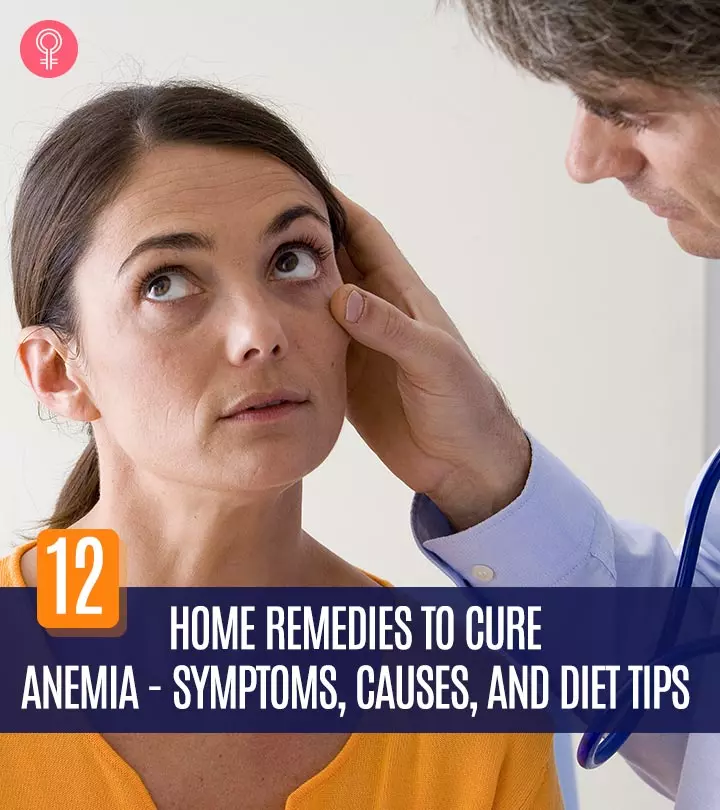






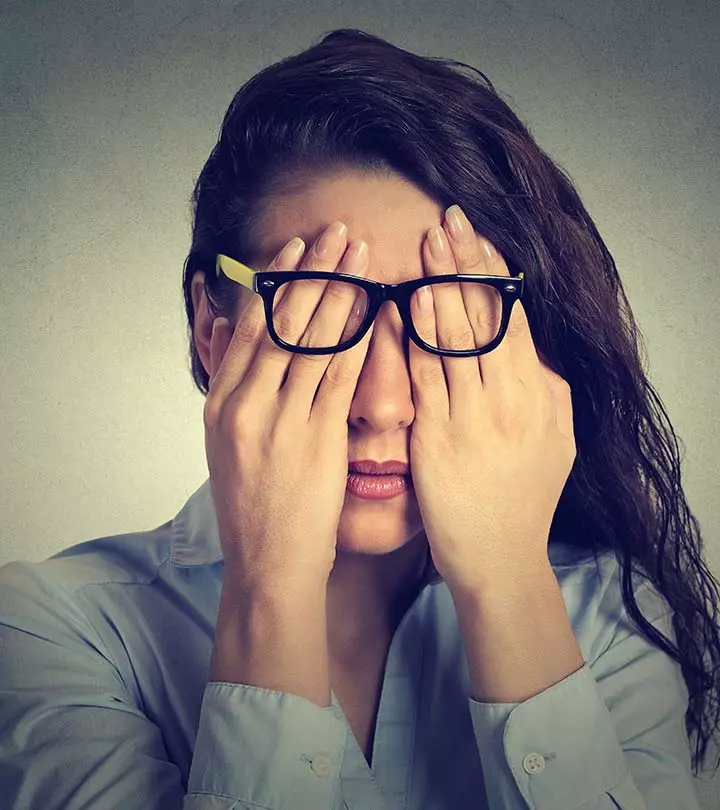
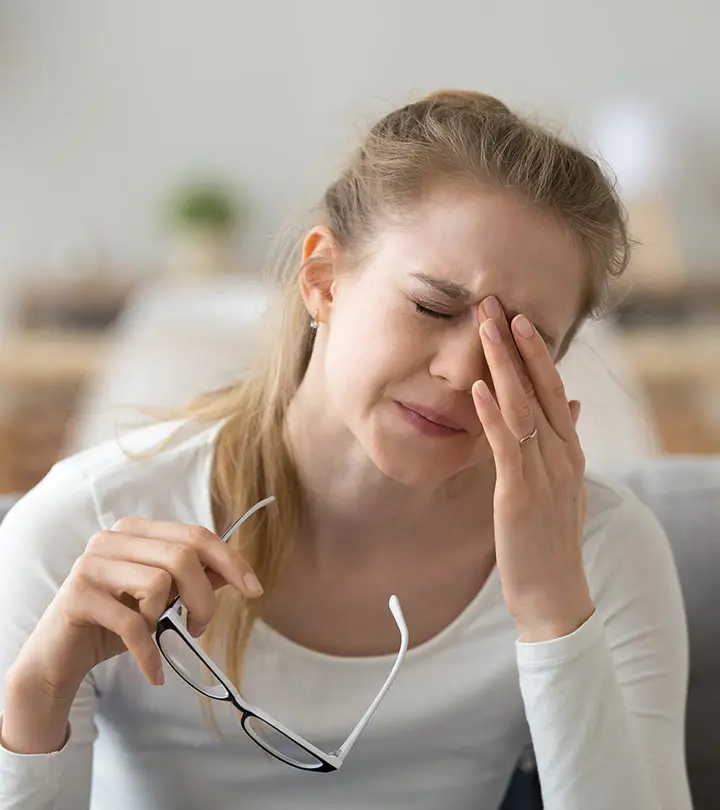
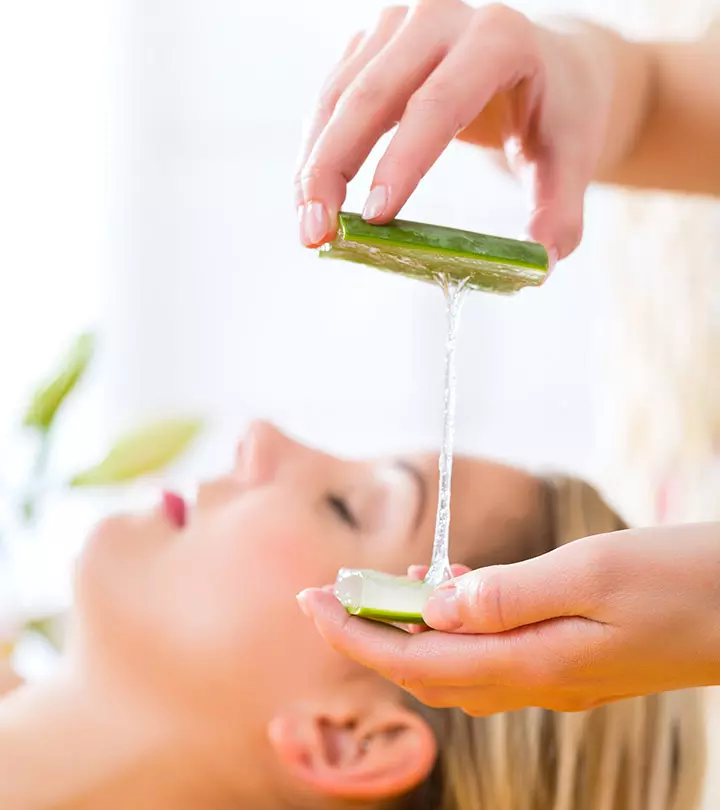


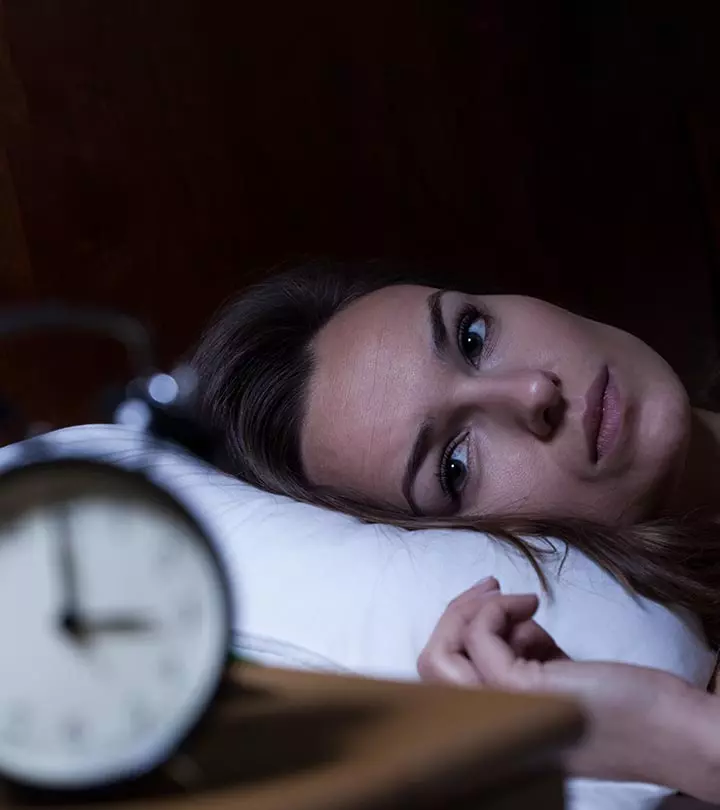

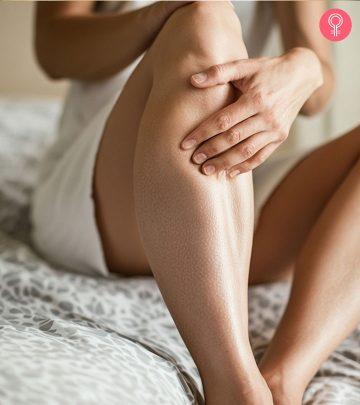
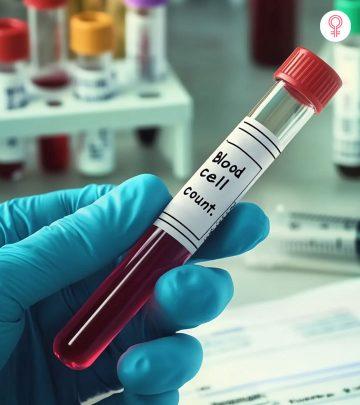






Community Experiences
Join the conversation and become a part of our empowering community! Share your stories, experiences, and insights to connect with other beauty, lifestyle, and health enthusiasts.